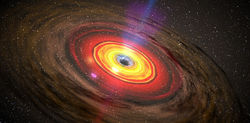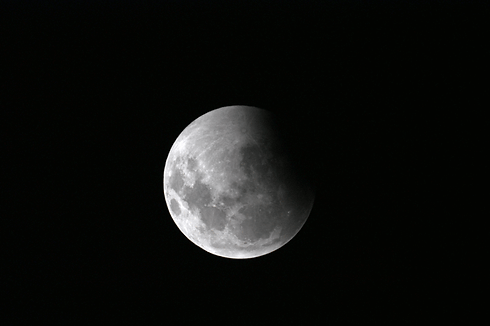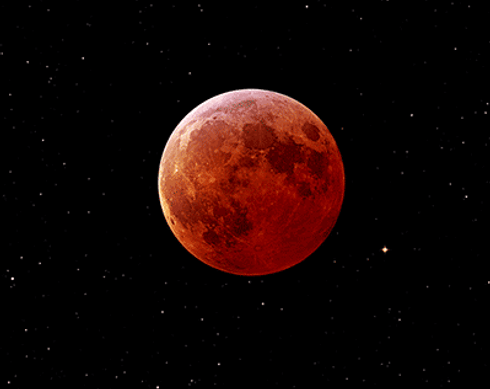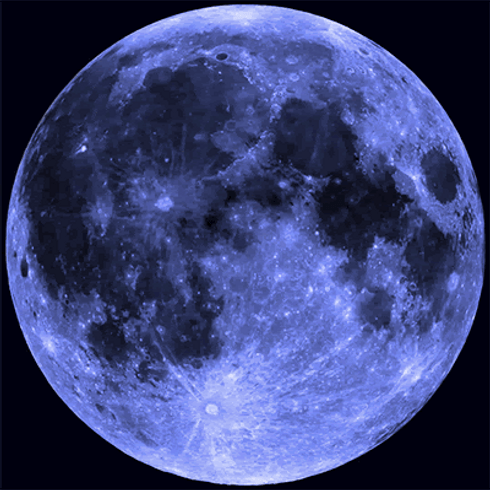Astronomical phenomena
Do you often stop, look up, and stare in awe at the phenomena going on in the sky?. There are a lot of questions people ask themselves in regards to space. Like, what has to happen in order for an eclipse to occur? What’s the importance of the International Space Station? How can I spot different constellations? you can find the answer here for thies qusions about the phenomena
you have reached the last section in your journey now so unleash your imagination and travel to space to discover the strangest astronomical phenomena
 |  |  |
|---|---|---|
 |  |  |
Lunar Eclipse
A lunar eclipse is an astronomical phenomenon which only occurs when the sun, Earth, and moon are aligned so that the Earth is between the sun and the moon. When this happens, the Earth blocks the sunlight from reflecting off the moon, thus “eclipsing” the moon in its shadow. On July 27th of 2018, stargazers can witness a total lunar eclipse as Earth’s shadow will completely cover the moon for an hour and 43 minutes. Be sure to mark your calendars as this eclipse will be the single longest eclipse for 82 years!

Nova & Supernova
Think you saw a new star form? It might just be a nova. Stars that reignite themselves can experience a rapid increase in brightness which is referred to as a nova. Once a nova has its initial increase of brightness, they tend to fade back to their original brightness over a few months. While a Nova only increases in brightness when it reignites, a Supernova does not merely reignite but explodes as the star reaches the end of its life. Supernovas are extremely powerful and can even radiate more energy than our sun! While these explosions are the most powerful and beautiful sites of space, they sadly are difficult to be viewed from Earth due to the dust in the Milky Way galaxy.

Solar Eclipse
A solar eclipse, much like that of a lunar eclipse, is an astronomical phenomenon that occurs when the sun, Earth, and moon are in alignment. However, during a solar eclipse, the moon (instead of the Earth) blocks the sun as it passes in between the sun and the Earth. There are three different types of solar eclipses that can occur, including total, partial, and annular. A total solar eclipse occurs only when there is the direct alignment of the sun, the moon, and the Earth while a partial lunar eclipse occurs when there is a near-direct line. The third type of solar eclipse called an annular solar eclipse occurs when the moon is at its farthest from Earth meaning it does not block the sun entirely.

Blood Moon
A blood moon is a phenomenon that occurs when a total lunar eclipse is present. During a total lunar eclipse, the sunlight that is filtered and refracted from Earth’s atmosphere gives the moon a deep red glow. This appearance of glow on the moon has sparked awe and fear throughout history with the eerie red color earning it the title of the blood moon.

Blue Moon
Ever heard of the saying “once in a blue moon”? Well, this phrase got its start because the astronomical phenomenon is known as a “blue moon” is considered a rare event. Blue moons only occur every two to three years or seven times in the Metonic cycle. A common misconception is that blue moons are actually blue in color. However, most blue moons do not have the bluish glow unless there is a change in atmospheric conditions where the presence particles allow for the blue appearance.

Comet
The astronomical event known to many as a comet is an icy small solar system body that as it passes close to Earth warms and begins to release gases. While comets can be visible from Earth, they are not always bright enough to be easily spotted. The most famous comet, Halley’s Comet, is only visible from Earth every 74-79 years, making its last appearance in 1986. Stargazers will have to wait till the year 2061 to view this spectacular comet pass Earth again!
